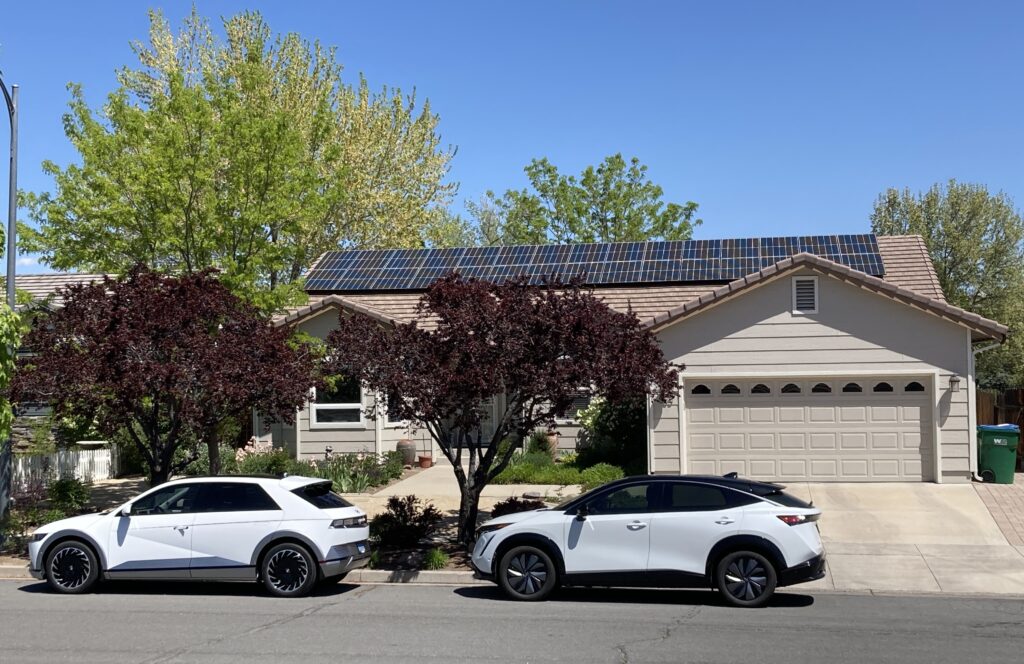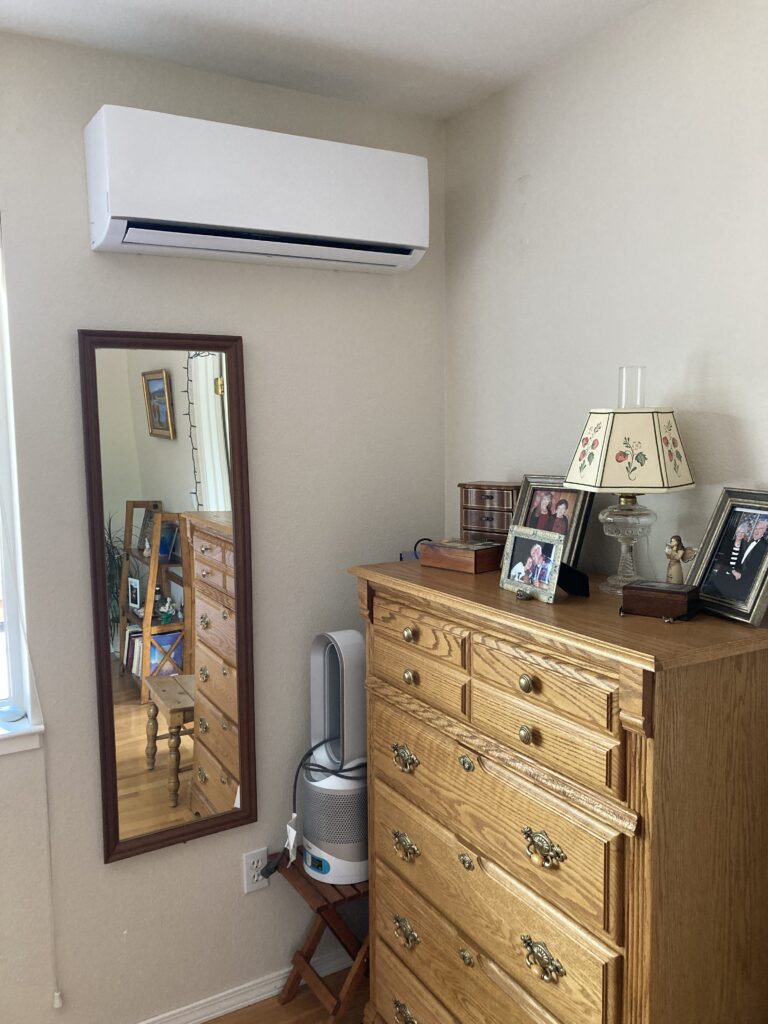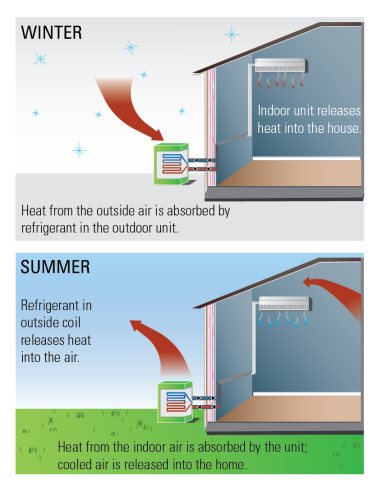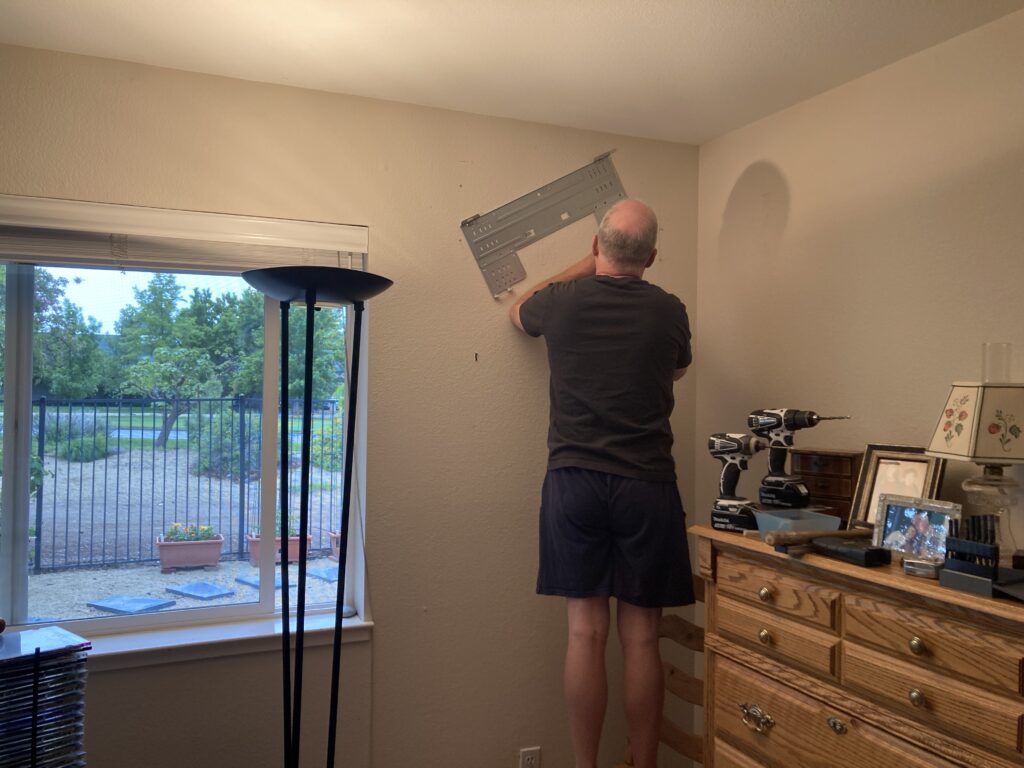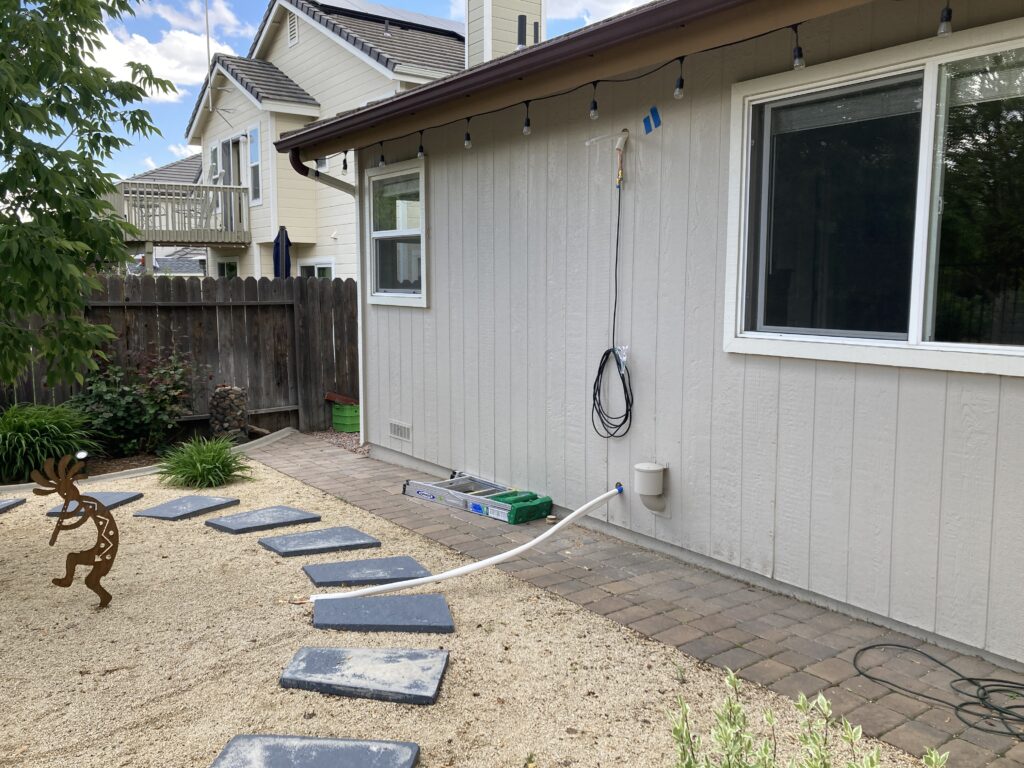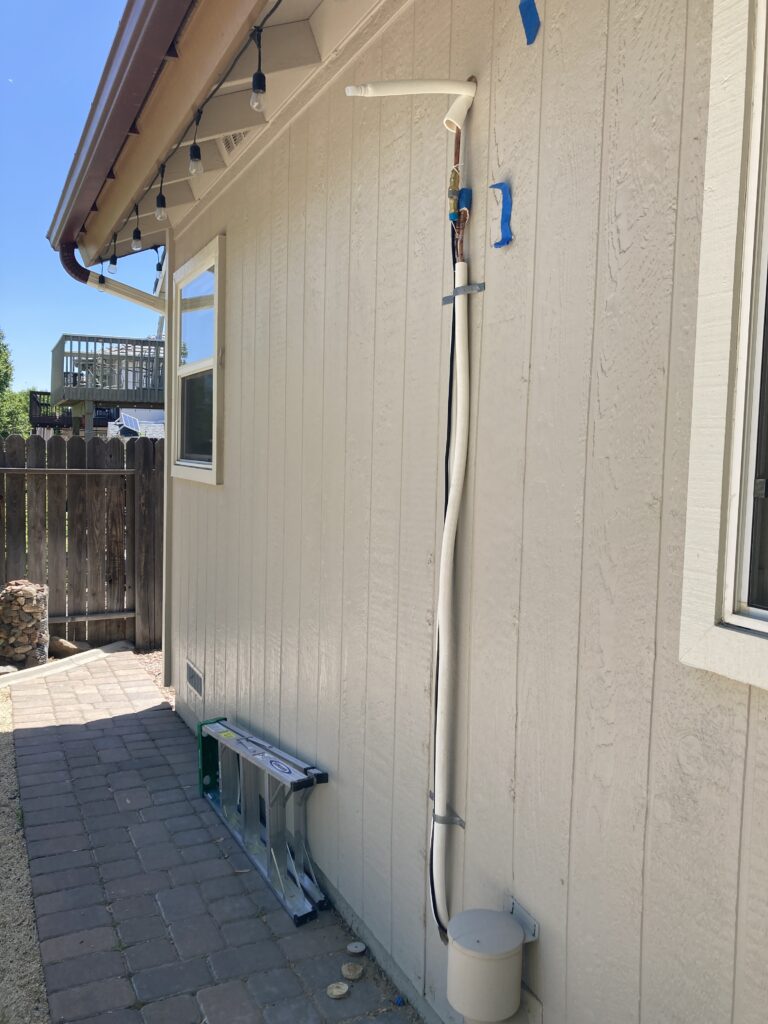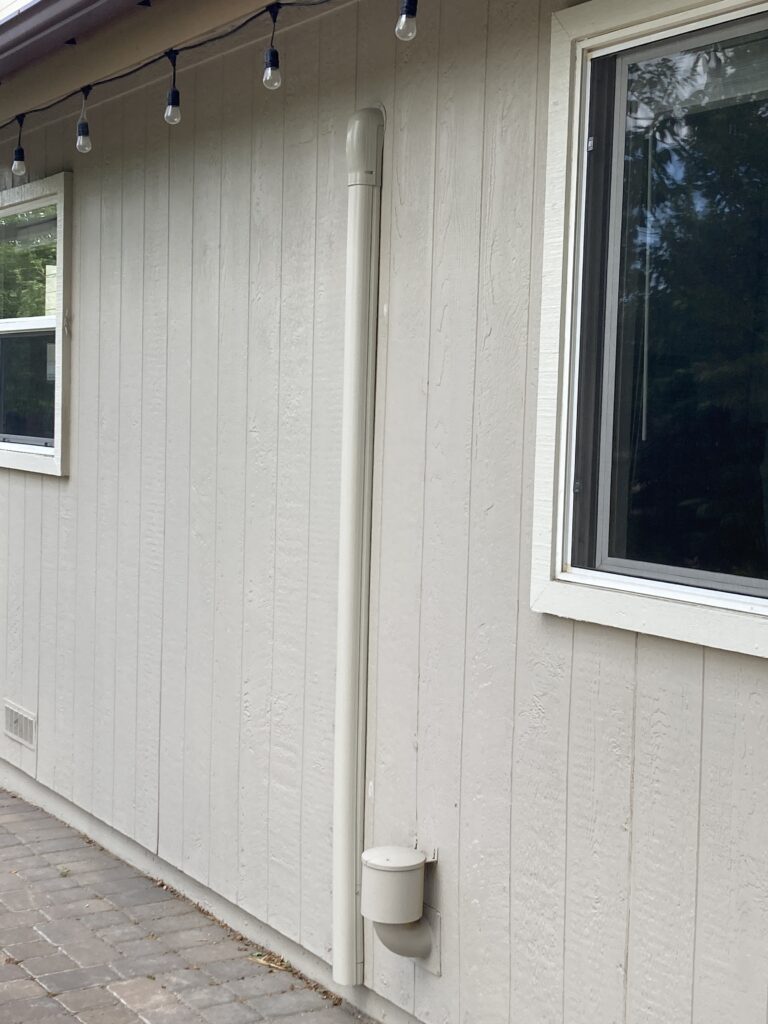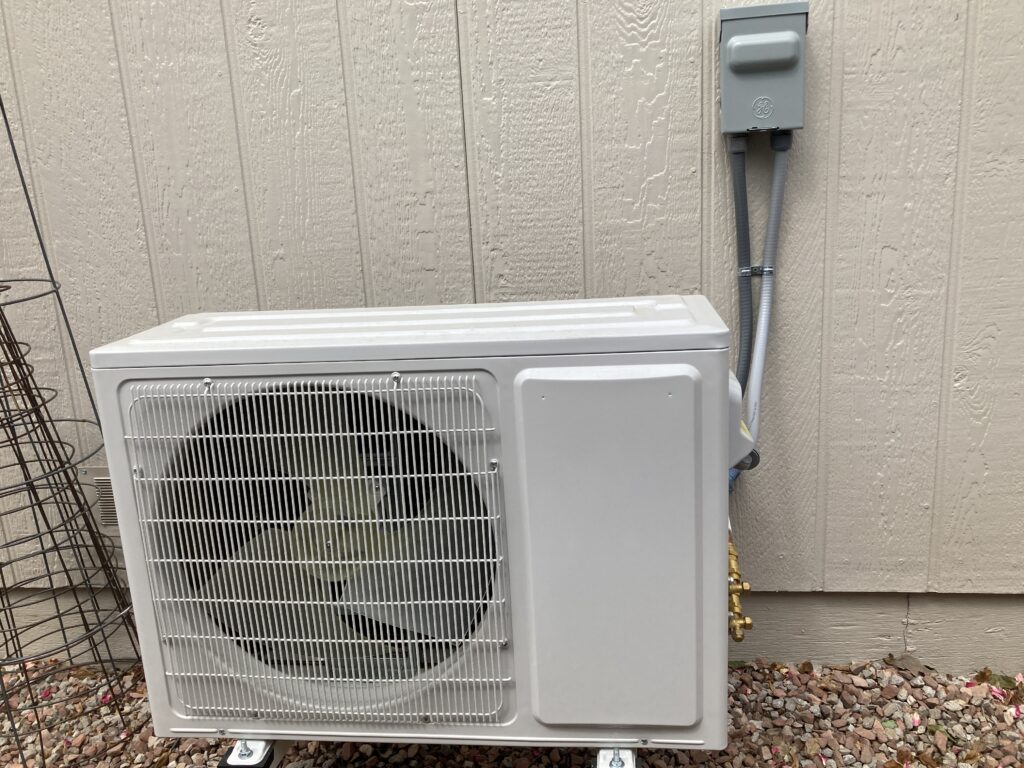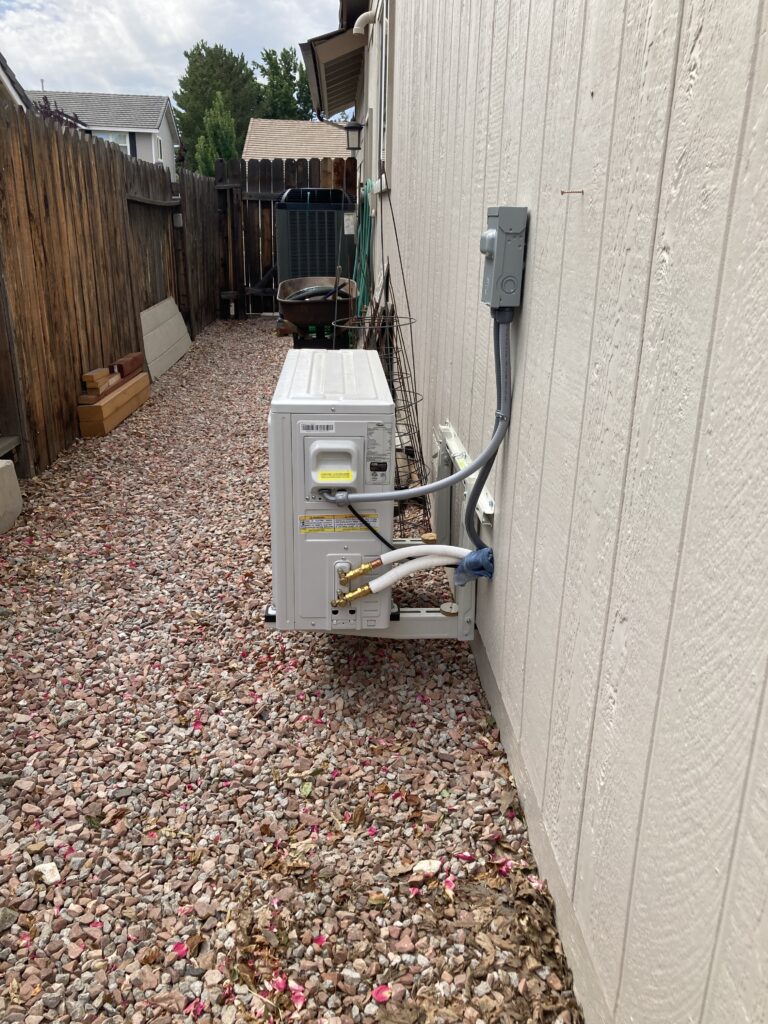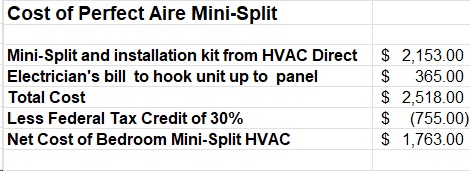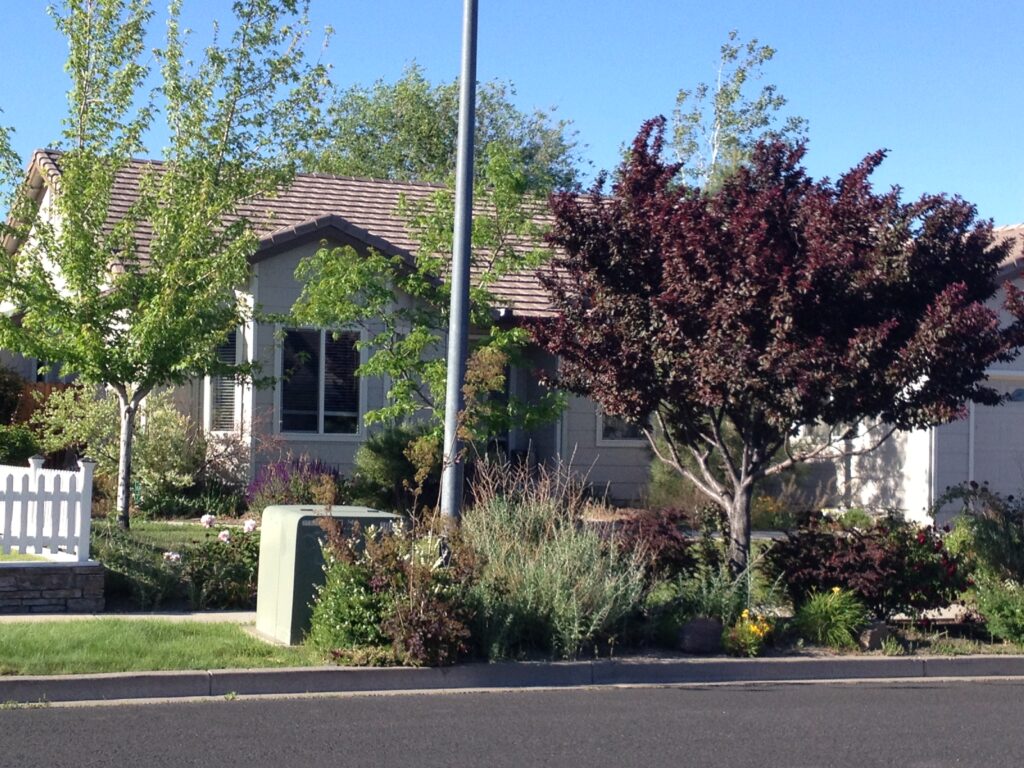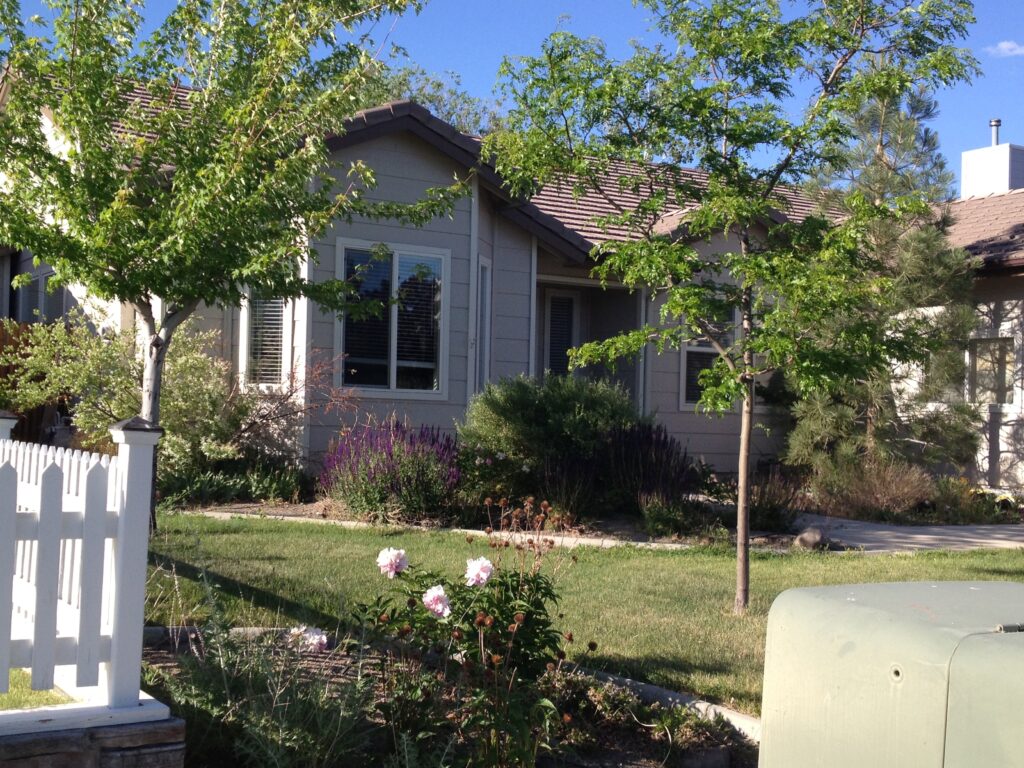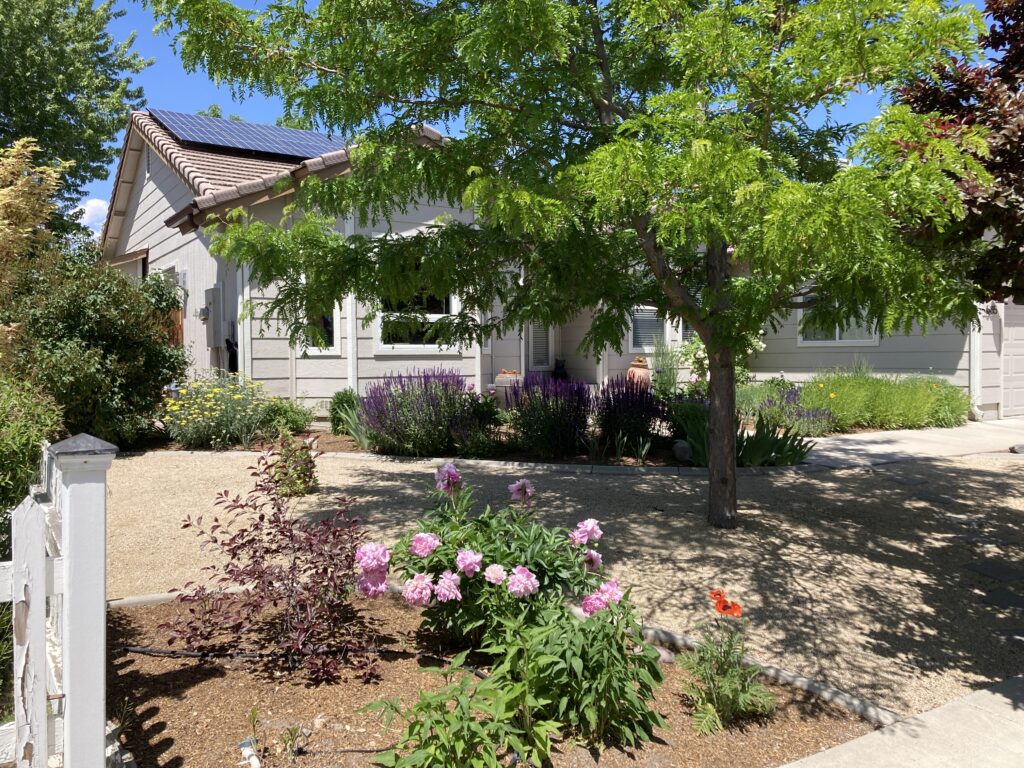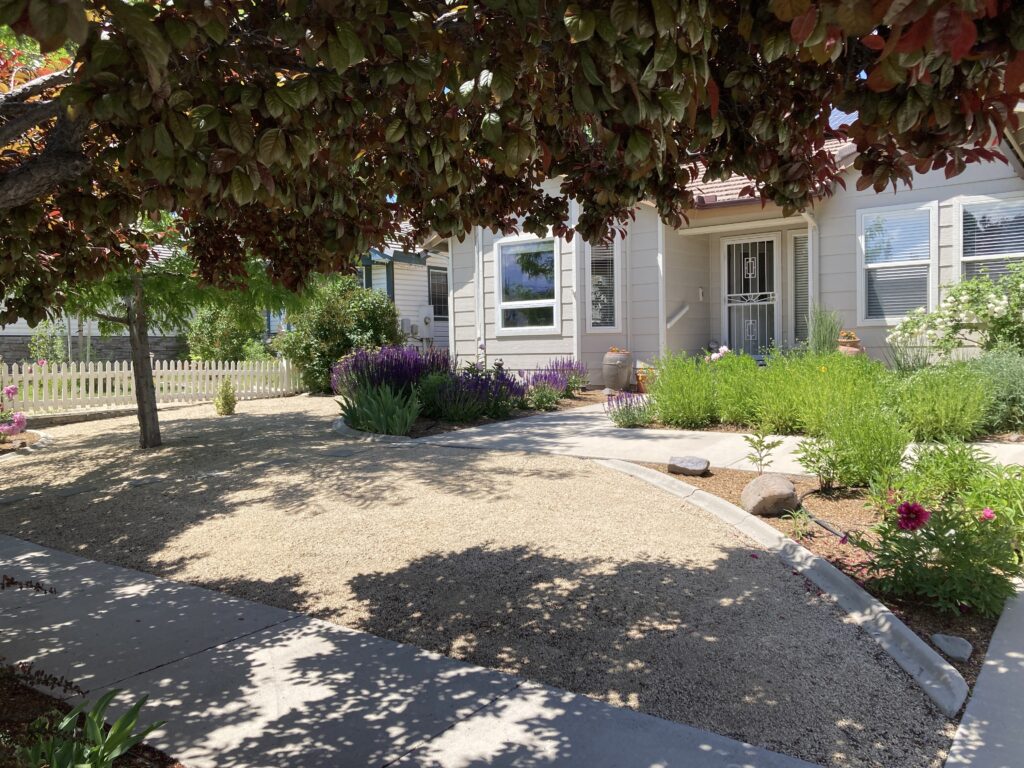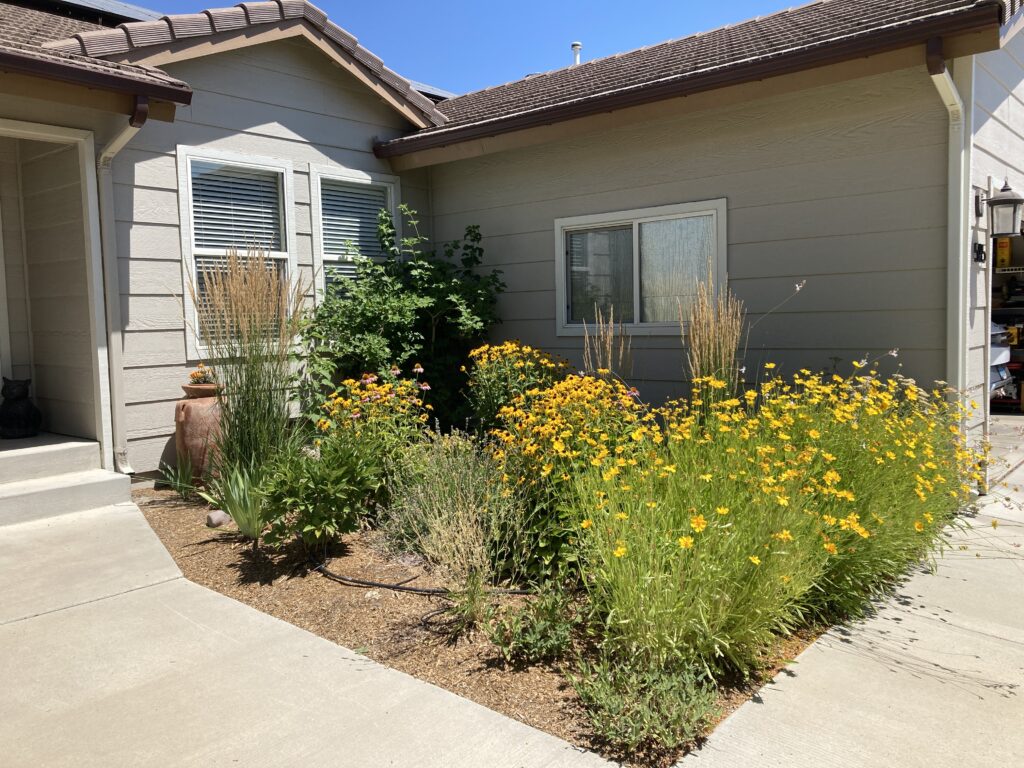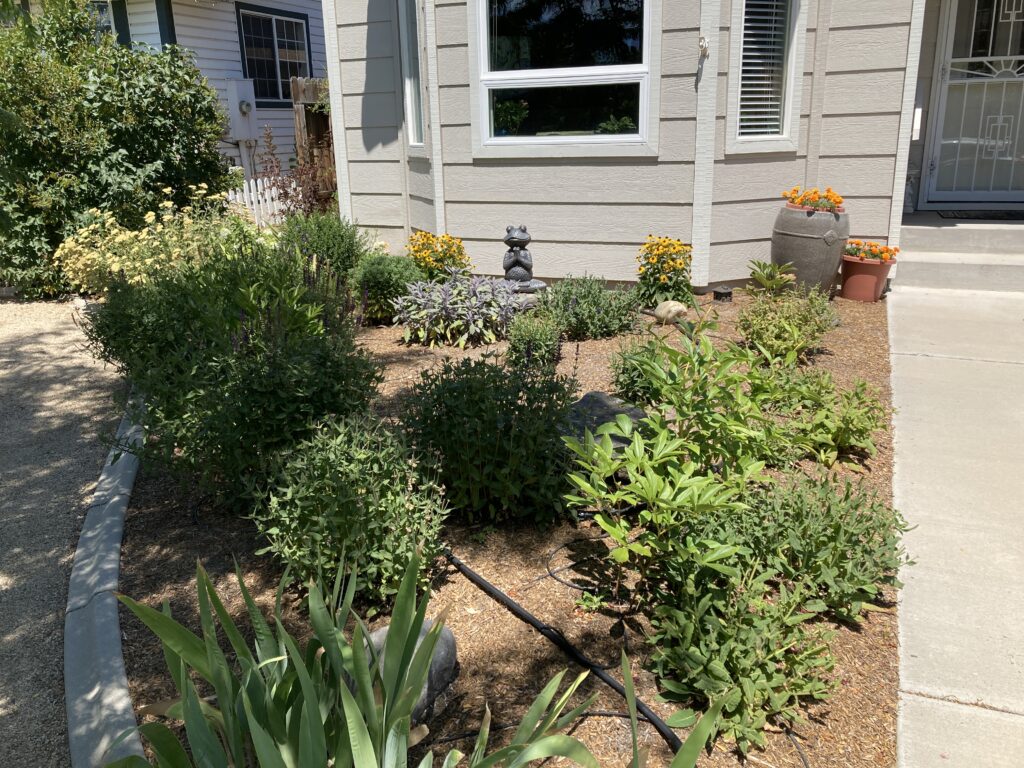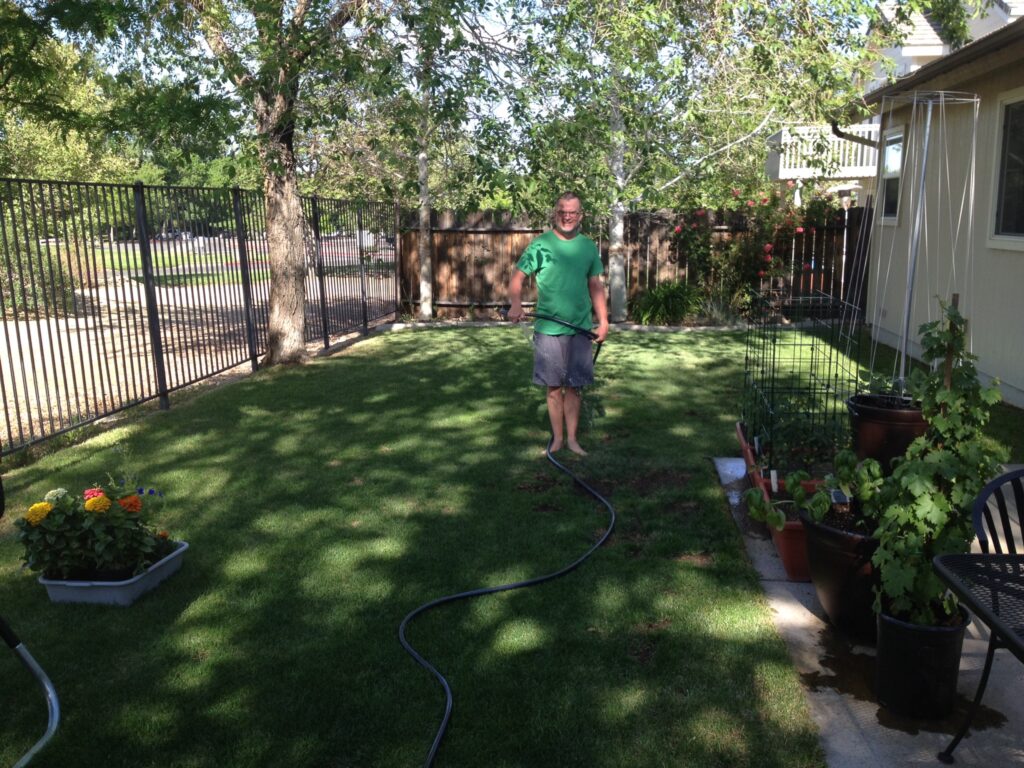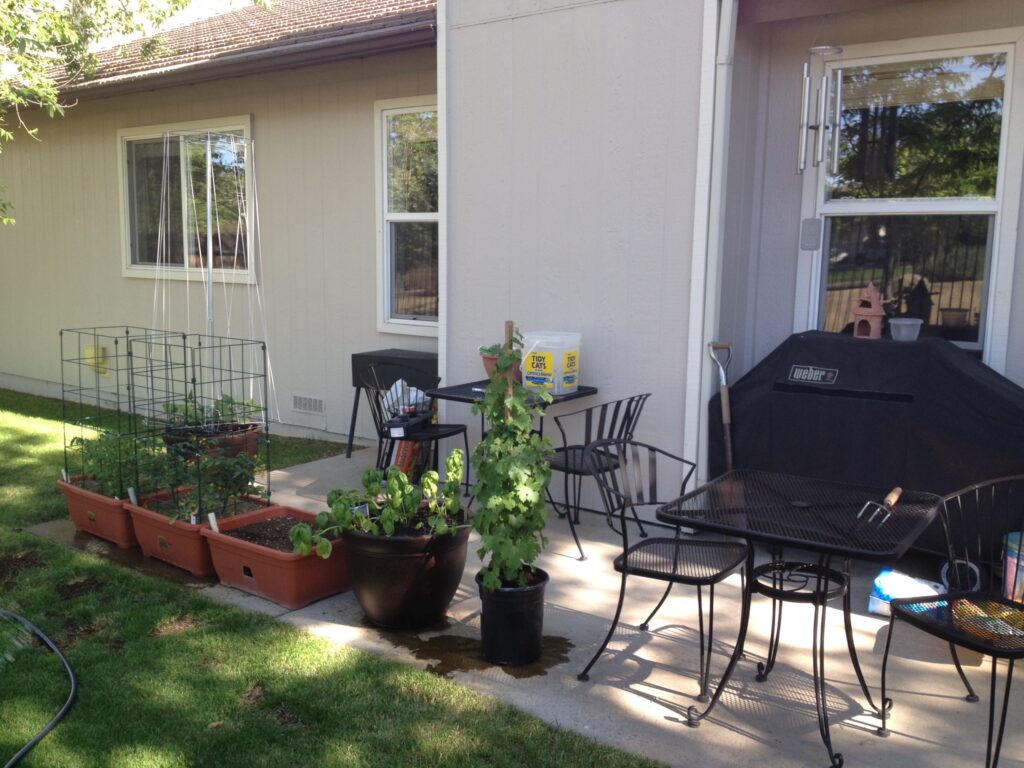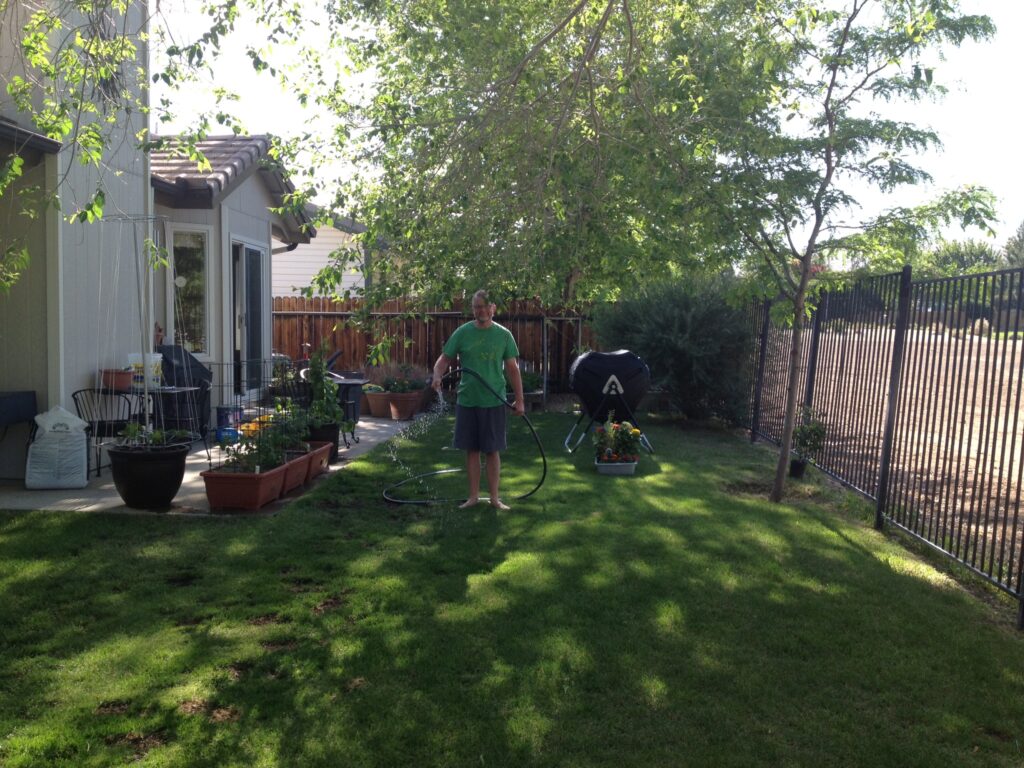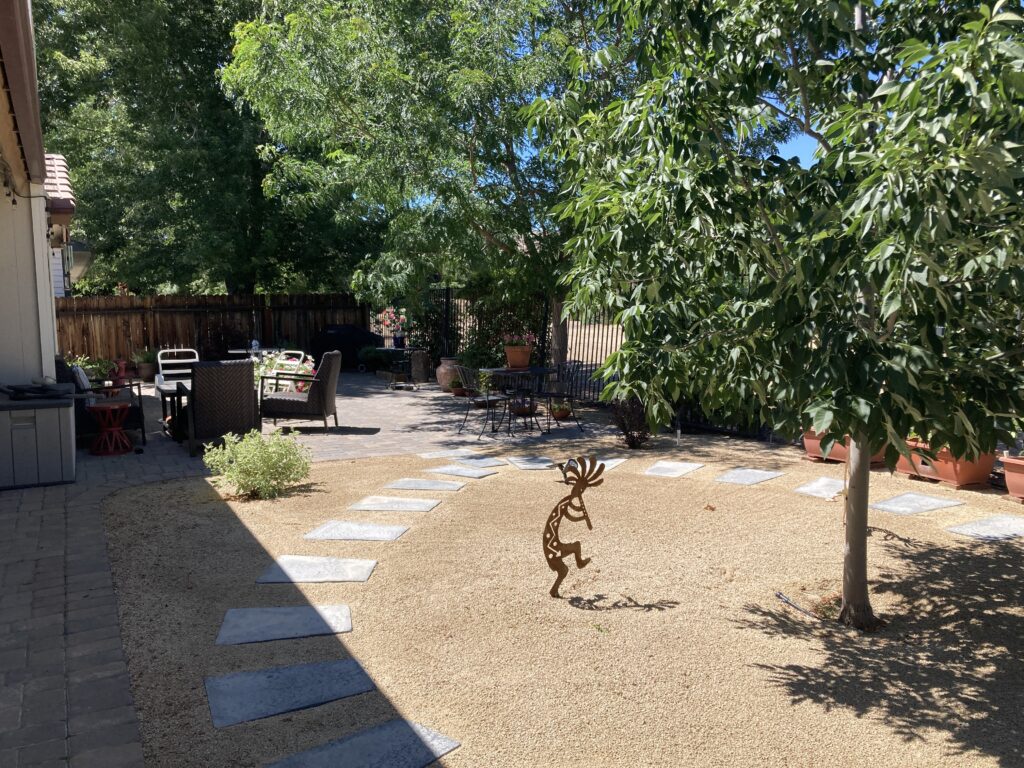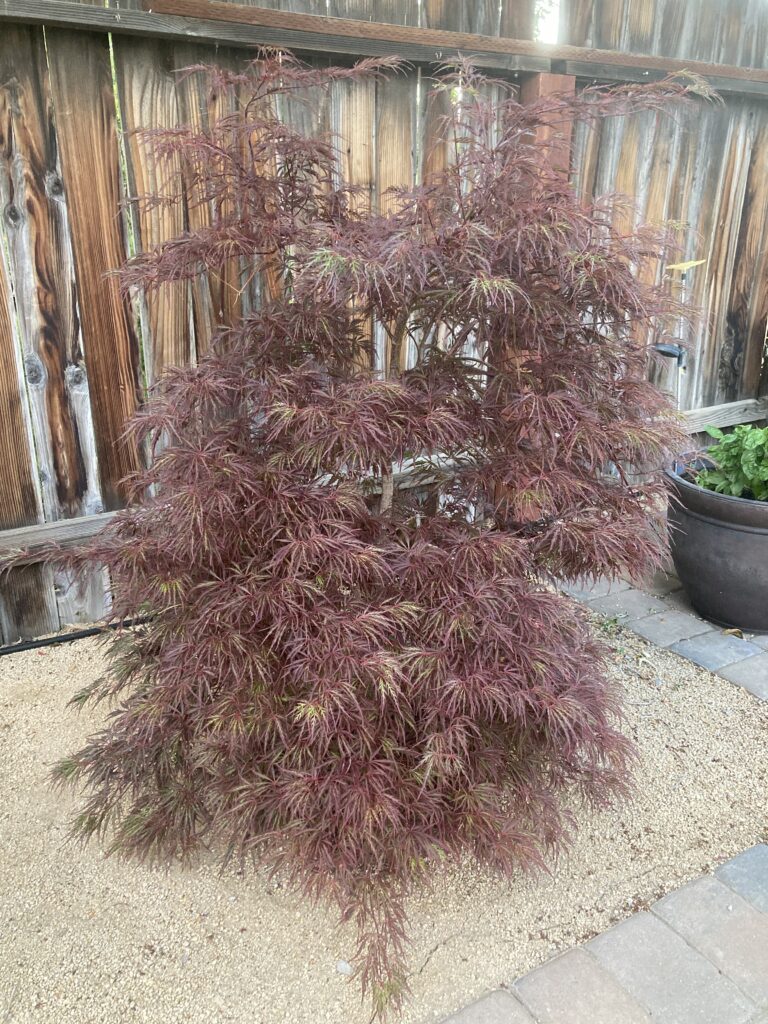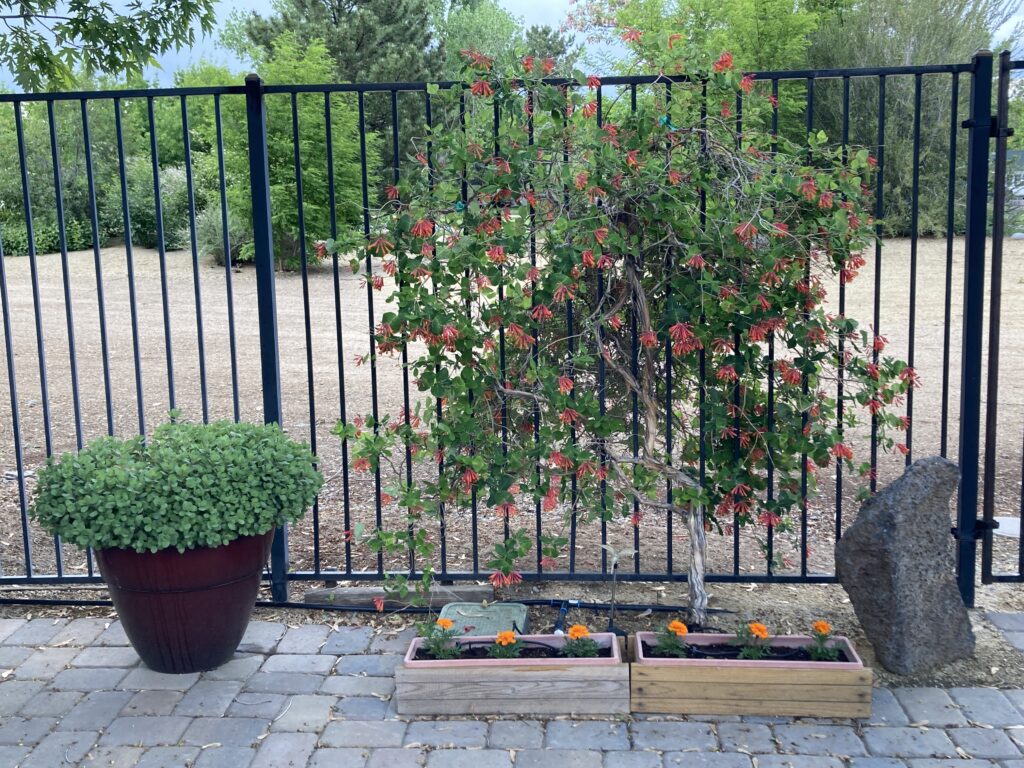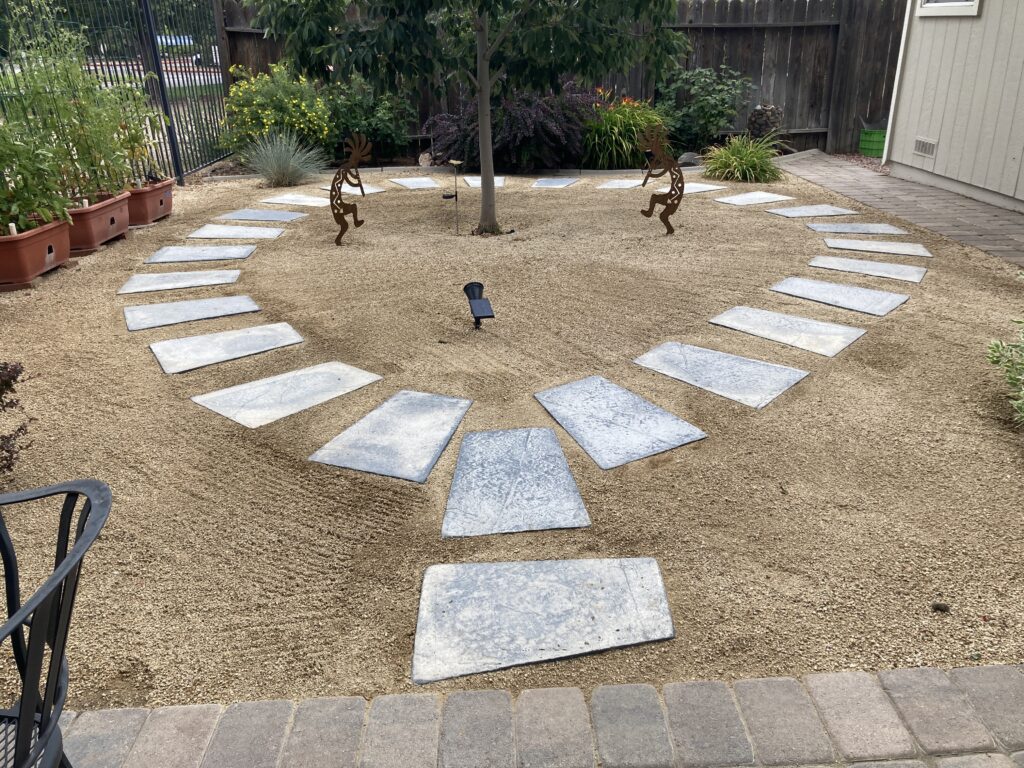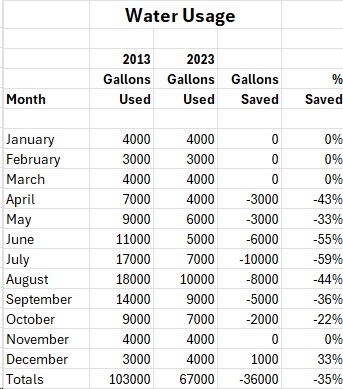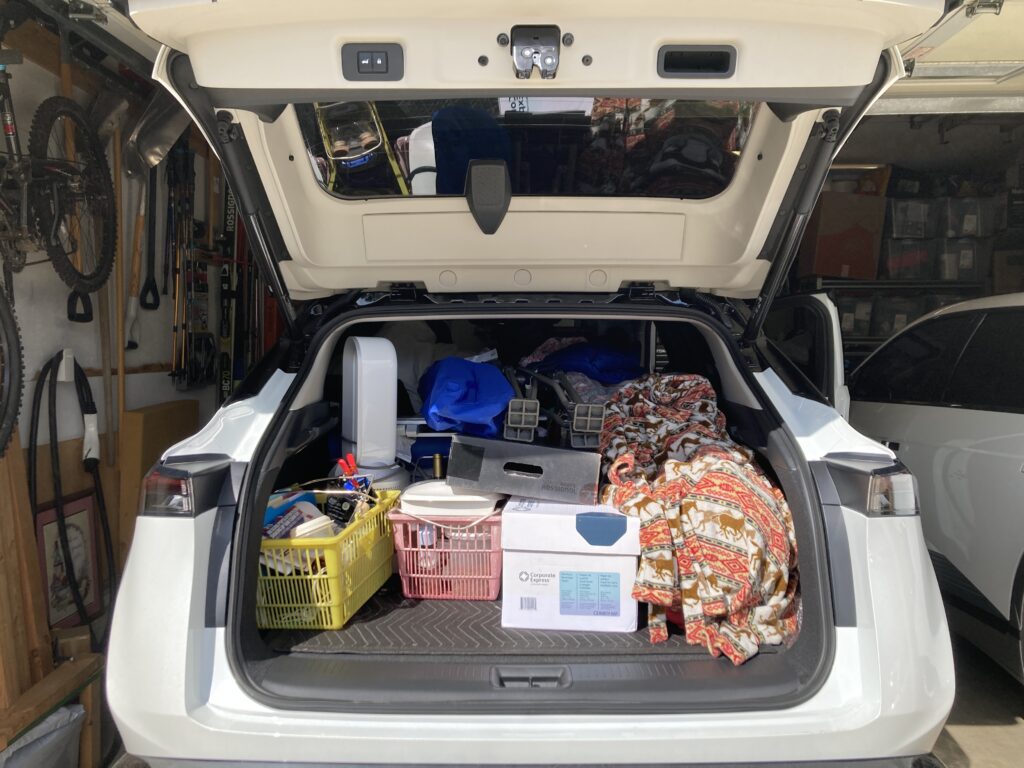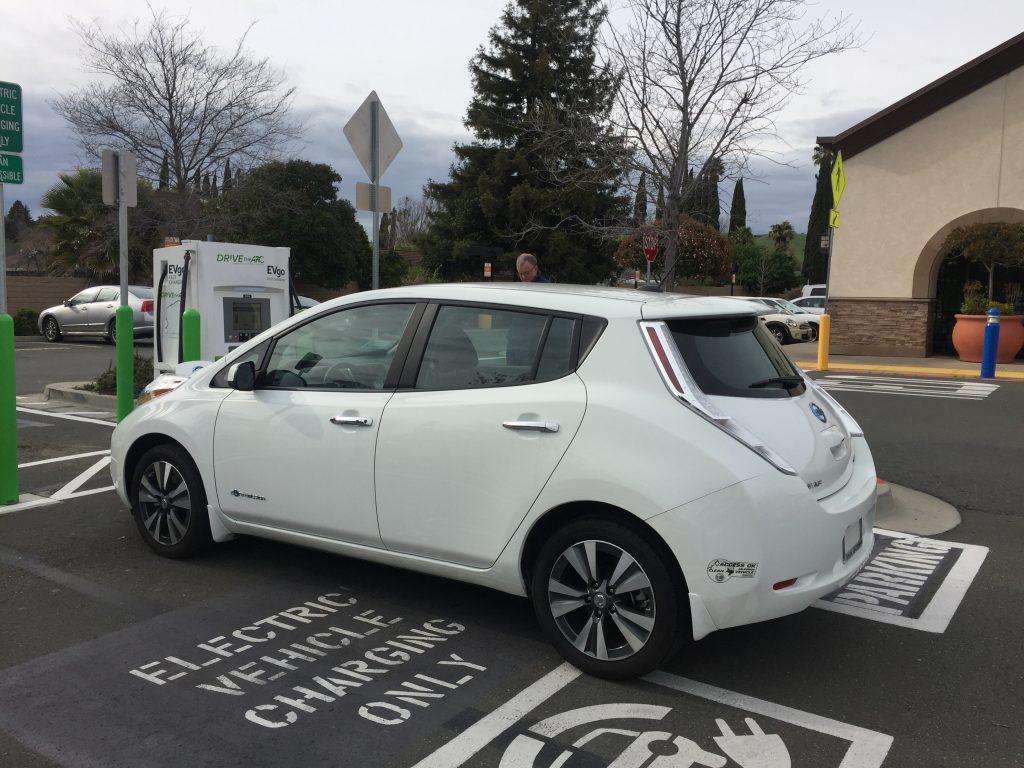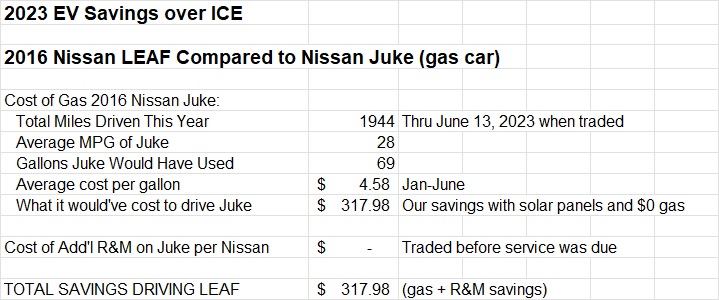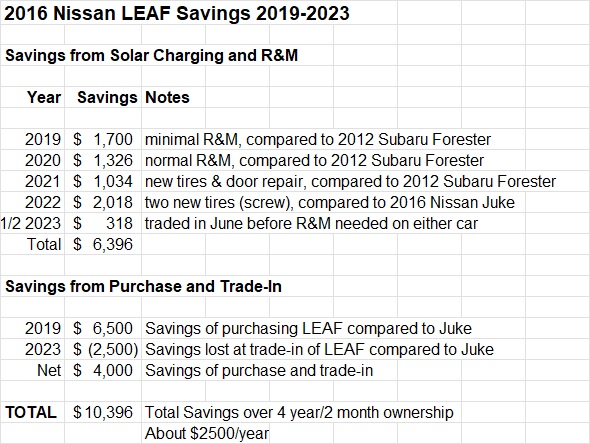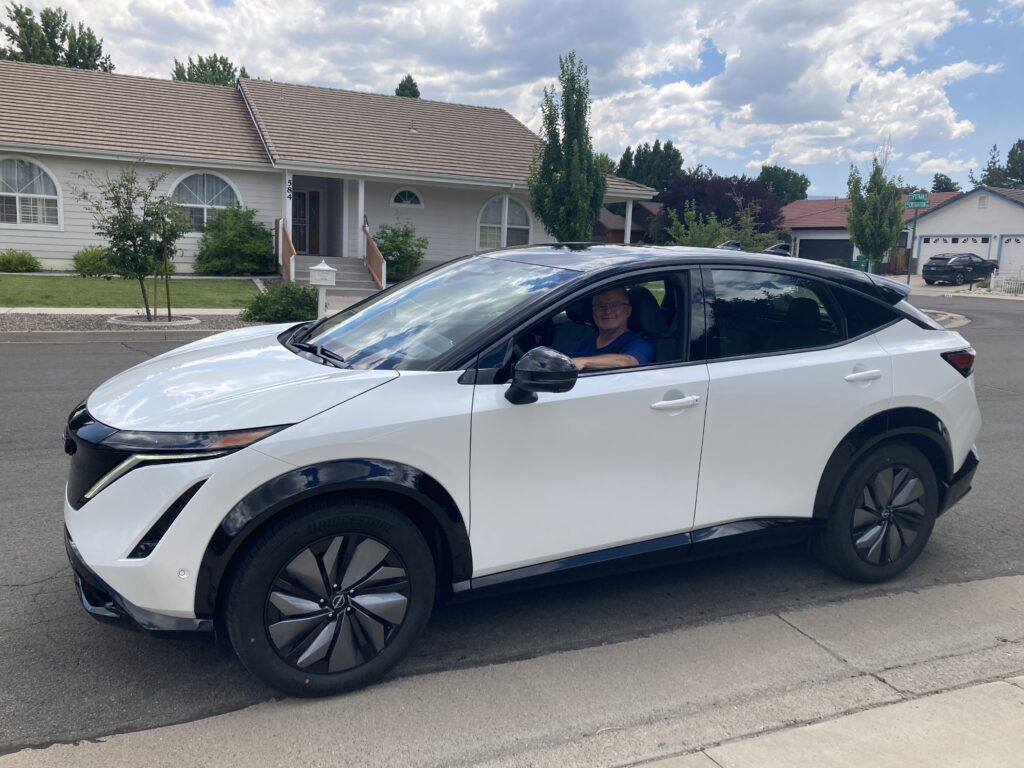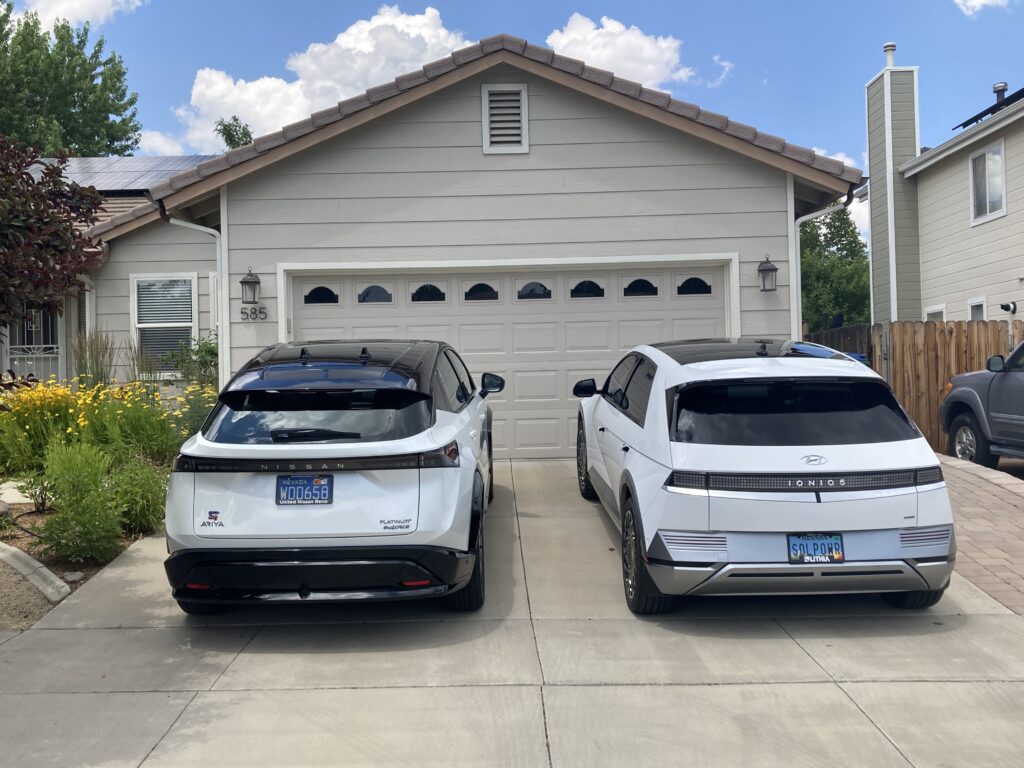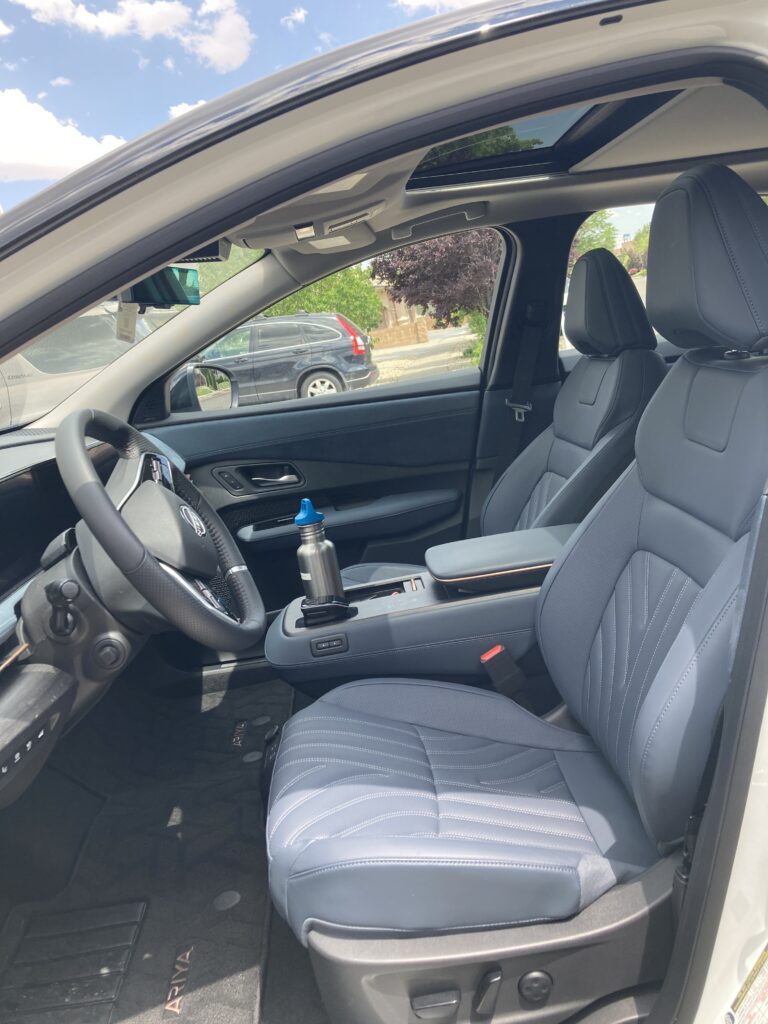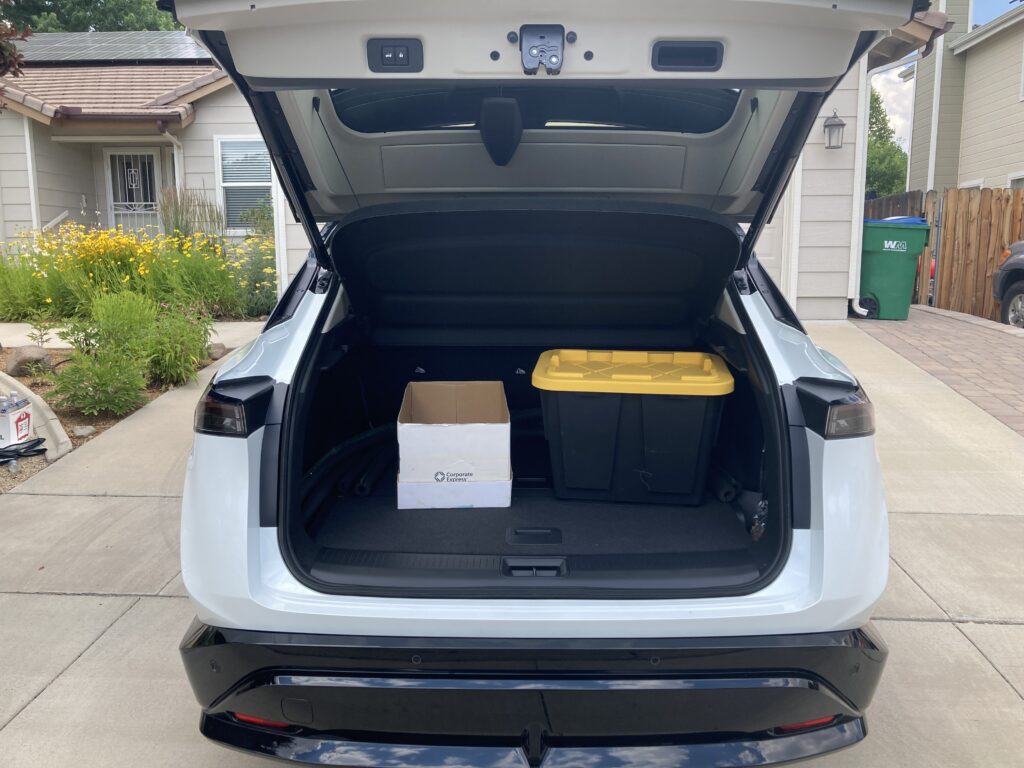As 2025 began, like many of us, I pondered my New Year’s intentions. I’d read that polls show people are feeling more stressed, anxious and depressed in recent years. I’d noticed the same trend. I decided what the world needs most right now is more peace, kindness and hope, not more anxiety, anger and despair. So, I resolved to commit to lasting inner peace.
This is not a new journey. For many years I’ve aspired to be as calm inside as I seem to appear to others. Inside I usually feel a low-level hum of anxiety, sometimes becoming louder depending on external circumstances and my thoughts about them. I’ve learned a lot from therapy, meditation, nature, animals, yoga, Qigong, Tai Chi, my Quaker path, books, classes and retreats. Though I have improved over time, inner calm still eluded me.
As I began my quest, I realized I was so accustomed to feeling anxious and tense that peace felt strange and unfamiliar. I felt a bit lost. So, I found things to get anxious about and attack with my usual OCD focus. Then I got sick, just a cold, but enough to get my attention. I spent my recovery time journaling and looking at my anxiety pattern. I realized that I was addicted to the cortisol/adrenaline rush of my anxiety and the energy it gave me. But that energy was frenetic and scattered, often I attended to meaningless details and got nowhere. I wasn’t bringing my best self into the situation. I resolved to watch more closely how I get derailed and then get back on track again.
This is what I am learning:
Make a commitment—This is the first step towards lasting inner peace. It requires a dedicated focus. It turns out all the techniques I have learned and practiced are helpful, but they are not enough without committing wholeheartedly to peace.
Use meditation to return to peace—Whenever I lose touch with the core of peace within me, I use what I call my peace-love meditation. I breathe in peace and breathe out love. I do this multiple times a day and night. I’m sleeping better and our smart bed tells me my heart and breath rates are improving. Peace is increasingly my new state of being, rather than anxiety.
Ask for divine help and guidance—It is always there; all we need to do is ask and be humble and willing to receive. It also helps to ask for support from other people in your life. When something is beyond you, let go and turn it over to Spirit, hold it in the Light.
Spend time doing things that help you feel calm and peaceful—What helps me is time with others who are peaceful, nature, animals, plants, positive books & programs, mindful movement & working out, meditation, Quaker Worship and writings, and retreats-both within the day and for several days at a time. What we nurture grows in us.
Limit exposure to news, social media and political parties—We can have an addiction to trauma, drama, and stress and these entities use this to keep us clicking, buying/donating and voting. They feed on our fears and are linked to an increase in anxiety, depression and hopelessness. I’ve found it helpful to get my information from reputable sources of facts and data. What I really need to know comes to me.
Accept reality as it is—Buddha taught that not accepting reality causes suffering. It also destroys peace and limits our ability to affect positive change. I wrote about this concept previously in this blog: https://www.renofriends.org/acceptance/.
Stand for not against—Whatever we focus on we make stronger. What we fight, we make stronger. What we stand peacefully in support of, we make stronger. It’s our choice. Be compassionate, while standing in your truth.
See the Light in everyone—It helps me to remember that there is Light in everyone, and we are all connected and interdependent. We are not as different as we might seem. People are mostly good; some have lost connection with their Light for various reasons.
Be and act in the moment—A powerful message given in Worship recently: “Do not dwell on fears of the future, do what you can, where you can, when you can.” Our fears and anxieties are often about future problems, not what is happening in the moment. We can only act in this moment, and we can only do what is ours to do.
Simplify–If you are feeling overwhelmed by what you are trying to do, as Peace Pilgrim wisely says, “You are doing more than is right for you to do.” Do what you are strongly led to do and what brings a sense of fullness in peace (peacefulness). Don’t be afraid to say no to that which is beyond your Light. Trust others will take up what you cannot. If you are burdened by material possessions, let go of what you no longer need. Let go of thoughts and habits that no longer serve your highest good.
Live your values and truth—When we live a life that is not aligned with our values and truth, it is not possible to rest in inner peace. It takes courage and effort to change habits and patterns that are out of sync with our highest selves, but it’s worth it. It really does set us free and bring us peace.
Feel feelings but don’t let them lead you—Feelings are powerful motivators and often alert us to what needs our attention. What I’m noticing is I can feel intense emotions, while remaining aware of a peaceful, loving core or Light at the center of my being. It’s like the eye of a hurricane. This part of me has a wider-lens perspective on what is happening and knows it will pass, like any storm. Once I acknowledge my feelings, they flow through me. After some seasoning and detachment, helpful words and actions become clearer. Prayers for guidance are also helpful.
Lately, I’ve noticed I can remain peacefully centered in situations which usually cause anxiety or irritation. I have more constructive conversations with those who hold differing viewpoints. I’m a better listener and more present to others. It is clearer to me what I need to do moment by moment. I’ve become more at ease with just Being. I feel more balanced. I’m not tied up in knots inside myself and this is becoming my new normal. I know I will be tested, and I will slip back into my old ways at times. I’m praying for help to get back to my peaceful center when I lose my way. I am committed to doing my part.
This message came when I asked Spirit for help with this blog: Remember this too shall pass, as all things do. Transformation requires disruption. Work peacefully and lovingly with the disruptions to create the transformation you envision. Take it one step at a time, moment-by-moment. Stay within your Light. Be true to your leadings. Help is here—ask and you shall receive. Remain centered in peace, patient with the process, and trust all is well.


